Authored by James Howard Kunstler via Kunstler.com,
Dunno Why There’s No Sun Up in the Sky
Newsflash: President Donald J. Trump had sex with a whore twelve years ago…
Let that sink into your limbic lobes, you poor, opiated, Facebook-addled, morbidly-obese, fly-over nation of lumbering, deplorable, gun-gripping, Jesus-haunted voters. A hoor! Do you hear?
Wait a minute, you say. Stormy Daniels is no such thing, She’s an actress in, and director of, adult films, an auteur, if you like, at least a sex worker, toiling in the rolling mills of eros, sweating and grunting as much as any Mahoning Valley steel worker, or hood ornament buffer on the Tesla assembly line. And anyway, three times over the years she denied having sex with that man, at least once in writing, though last night on CBS’s Sixty Minutes she stated that she actually did have sex with the Golden Golem of Greatness.
In which case, she may be some kind of a lyin’ hoor… or savior of a nation yearning to cast off the loathsome rule of this odious president-by-mistake.
The Sixty Minutes make-up and costume crew knocked themselves out coming up with her on-camera look Sunday night: WalMart Shopper.
That reddish blouse, for instance, which did not display Stormy’s… er… assets in the usual way (i.e., an enticing fleshy slot descending into deep milky realms of mystery), but just innocently swimming around in there like a couple of frolicking dolphins confined in an above-the-ground backyard pool. Who wouldn’t want to jump in and swim with them?
Maybe not the undistractible Anderson Cooper, who did ferret out many interesting particulars of that one romantic encounter: Stormy accepted Trump’s invitation for dinner… in his hotel suite. Just the two of them, ahem. They watched a TV show about sharks. It apparently lacked aphrodisiac punch. So he showed her a magazine with his picture on the cover, perhaps to get the point across that he was a really important person in case she didn’t already know. She said she ought to take it and spank him with it. He concurred, dropped trou, and presented the rear of his tighty-whitey small-clothes to facilitate that proposal. After that ice-breaker, he said, “I really like you!” and “You remind me of my daughter” — instantly be-sliming the proceedings with overtones of incest. Stormy went to the bathroom and emerged to find Trump perched on the bed. “Here we go,” the thought popped into her head, she says.
But she didn’t say “no.” After all, was this performance that much different from the… I dunno, just guessing… 1043 previous scenes with co-stars she had enacted amorous relations with on-camera? Surely not all of them were husband-material, or crushes.
Oh, she didn’t ask him to wear a condom, and he didn’t gallantly volunteer to do so. (A love-child was not conceived.) At some point in the proceedings, Trump dangled the possibility of a role on his fabulous TV show, Celebrity Apprentice. But I suppose that was just the cherry-on-top of a romantic confection baked in the oven of America’s great dream industry. As it happened, Stormy didn’t get on the show. I suspect she didn’t try hard enough.
And now, as the cartoon Puritans of America’s great judgment industry say, there is hell to pay.
Stormy received a large-ish check for $130,000 from an attorney associated with Mr. Trump.
It is proposed by legal scholars at Anderson Cooper’s home-base, CNN, that this might have constituted an illegal campaign contribution, and is surely something that must be brought to the attention of Robert Mueller, special prosecutor for the Russia collusion case. That will be an interesting hook-up, all right. I have to say, Mr. Mueller would probably benefit from a spanking with the Penn Law Review, and who knows what side benefits might accrue from the encounter. Perhaps Stormy will wear a pair of Russian army tactical Spetsnaz boots instead of those four-inch heels and a Russian bearskin hat. I’d pay to see a film of that!
* * *
Support his blog by visiting Jim’s Patreon Page
via RSS https://ift.tt/2DTywEh Tyler Durden











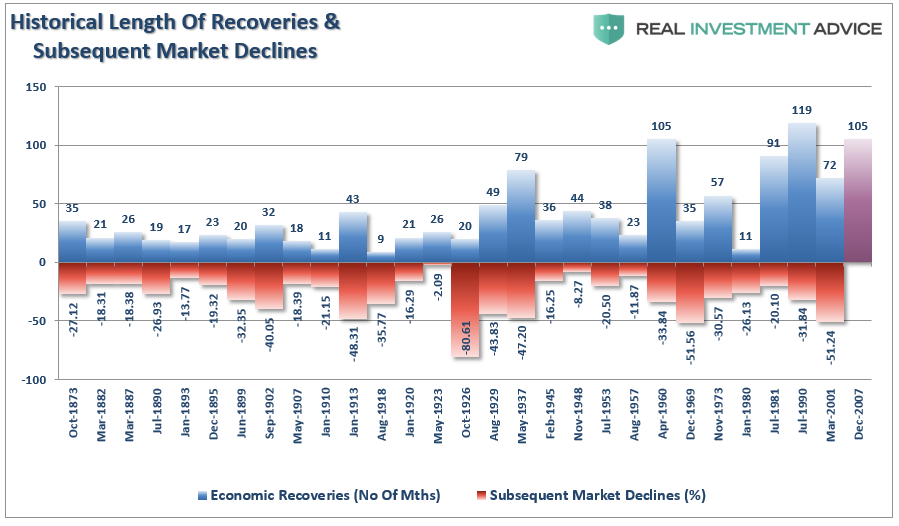
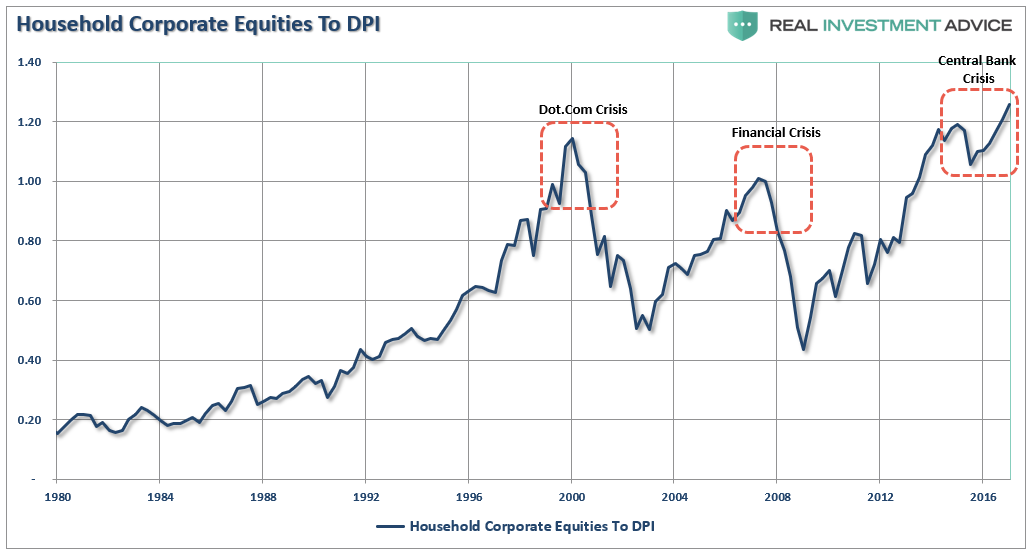
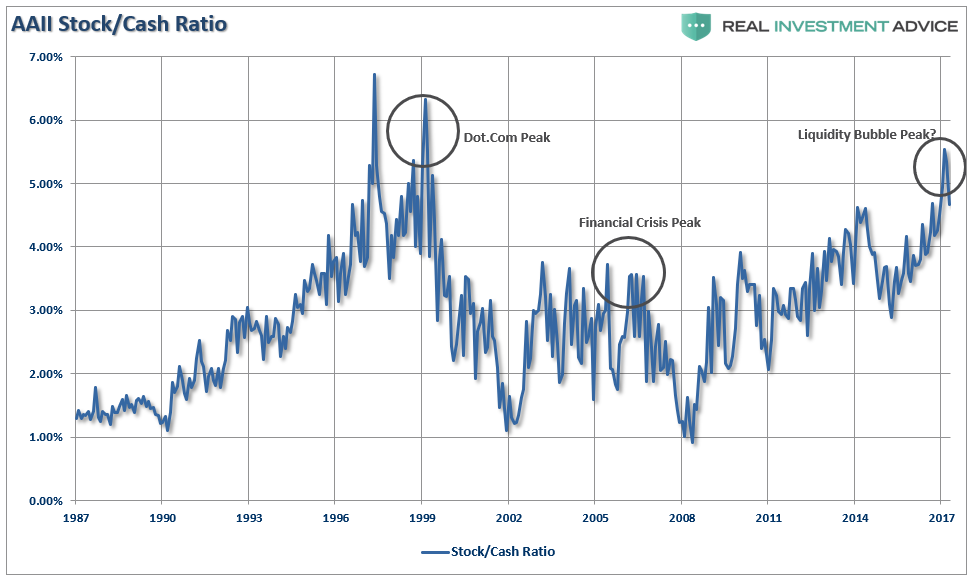
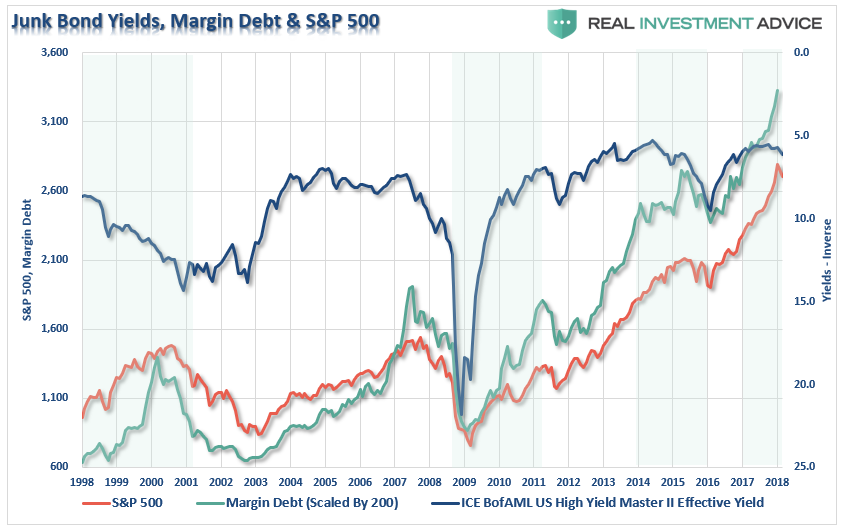

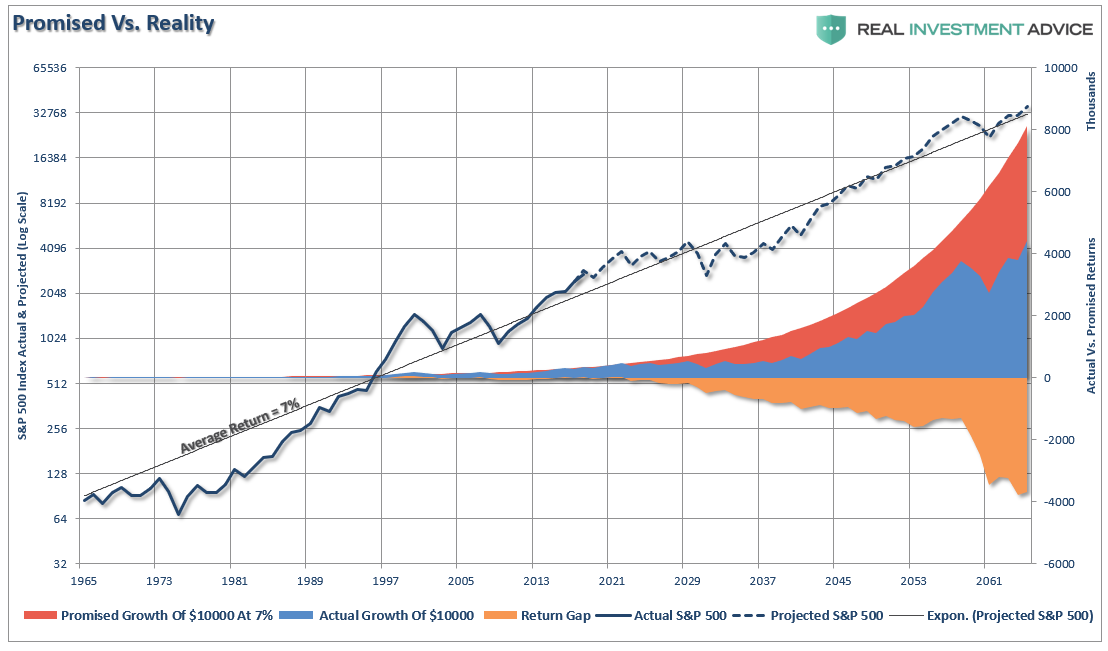
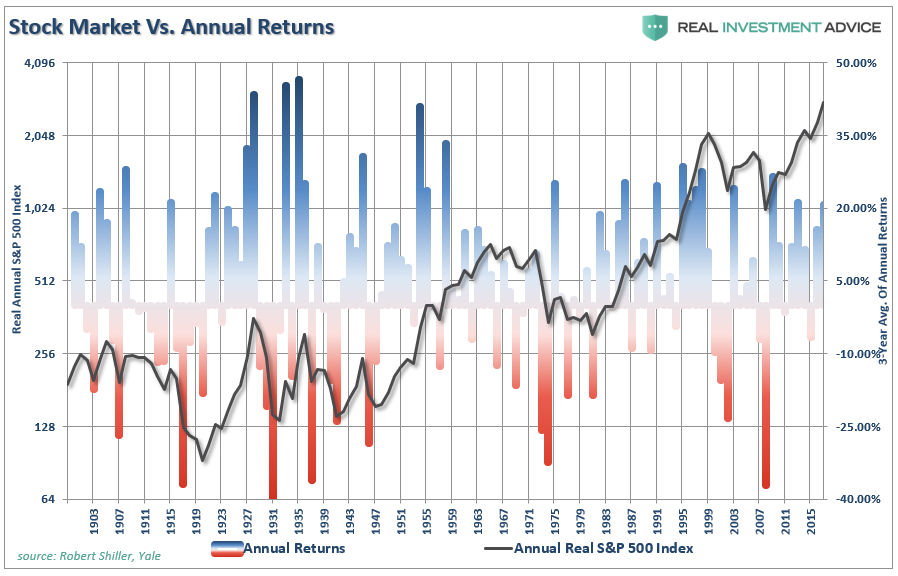
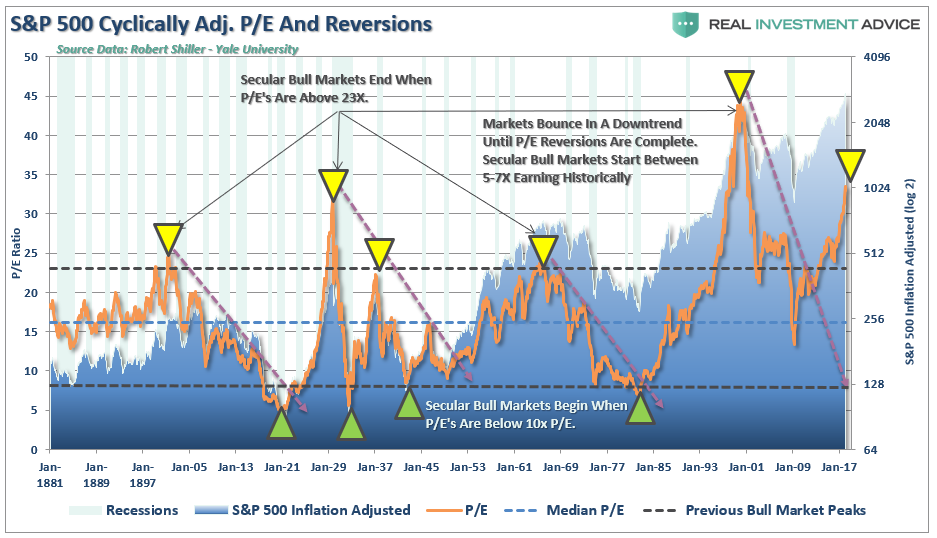
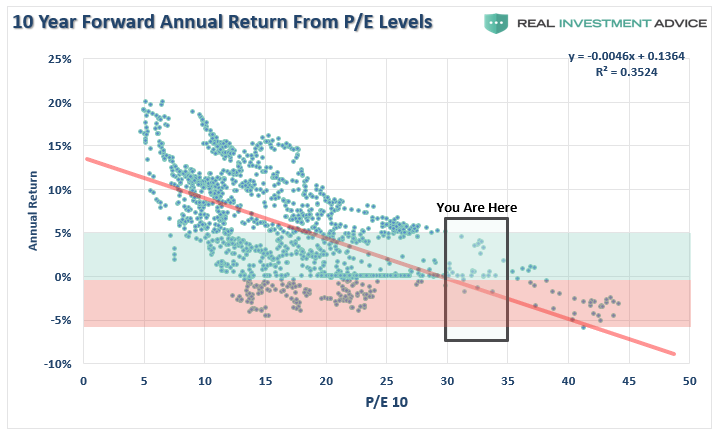


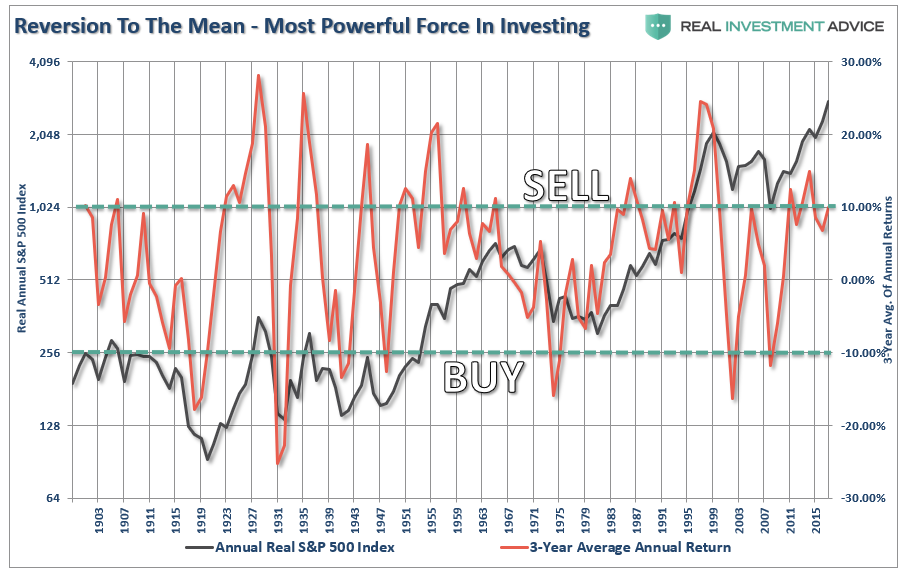
 In
In